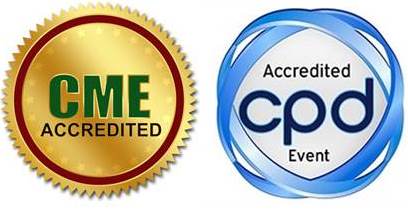
Emad Gaber Kamel Mohamed Albana
Benisuef University, Egypt
Title: Short term results for the management of distal tibial fractures by minimally invasive locked plating
Biography
Biography: Emad Gaber Kamel Mohamed Albana
Abstract
Fractures of the distal tibia can be challenging to treat because of the limited soft tissue, the subcutaneous location, and poor vascularity. Minimal invasive locked plate aims to reduce surgical soft tissue trauma and preserve periosteal blood supply. This study included 26 patients between 20 and 53 years (mean 34 years), with both open and closed distal tibia pilon fractures that were intraarticular or extra articular. All fractures were fixed using minimally invasive plate osteosynthesis under Image control using a precontoured locking compression plate – distal tibial plate. There were 11 AO 43 A, 7 AO 43 B, and 8 AO 43 C fractures including 18 closed and8 open fractures. Fracture union was achieved in 23 patients (88%), while 3 cases (12%) showed delayed union. Four cases suffered from late infection, and plate removal was necessary, whereas 6 cases had minor wound problems and responded to conservative treatment. Twenty two patients (85%) returned to their work within I year, however 17 patients ( 85%) had not returned to their preinjury sporting or leisure activities .Seven patients(27%) had angular deformities, all less than 7 degrees. The final ankle – hind foot score was 84.4 points. The conclusion is that short term results for treating distal pilon fractures using minimally invasive locked distal tibial plates to reduce surgical soft-tissue trauma and to help preserve periosteal blood supply and fracture hematoma appears encouraging, with union rates similar to that of ORIF techniques, but avoiding the usual associated drawbacks.

